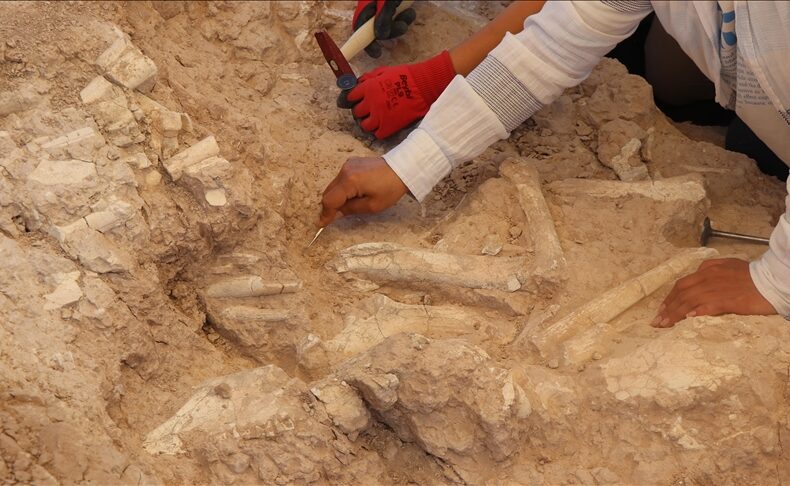
7.7-Million-Year-Old Fossil Bed Discovered by Goat Herder in Central Türkiye
A chance discovery by a goat herder in central Türkiye has led scientists to uncover a fossil-rich site dating back 7.7 million years, offering rare insights into the region’s prehistoric ecosystem.
Located near Yamula Dam in the Kocasinan district of Kayseri, the site has become one of the most significant fossil zones in Anatolia. Excavations began in 2018 after the herder reported unusual remains on the surface. Since then, systematic digs under the supervision of the Kayseri Museum Directorate and scientists Prof. Dr. Okşan Başoğlu and Prof. Dr. Pınar Gözlük Kırmızıoğlu have revealed a treasure trove of ancient life.
From Giant Mammals to Antelopes: A Lost World Unearthed
Excavations have uncovered a wide array of extinct species including giraffes, rhinoceroses, elephants, three-toed horses, turtles, pigs, and members of the bovid family such as sheep, goats, and antelopes.

“We were amazed by the diversity of the fossils,” said anthropologist Ömer Dağ, one of the scientists involved in the dig. “Every year, we discover something new — from the skull of an ancient pig to fragments of giant prehistoric mammals. These findings are painting a vivid picture of life in Anatolia millions of years ago.”
📣 Our WhatsApp channel is now LIVE! Stay up-to-date with the latest news and updates, just click here to follow us on WhatsApp and never miss a thing!!
Precise Dating with Argon Method
One of the most groundbreaking aspects of the Yamula project is the precise layer dating using the argon method. This approach has enabled researchers to determine that the fossil layer in the Çevril area dates back 7.7 million years, while another nearby site, Hırka village, is 7.4 million years old.
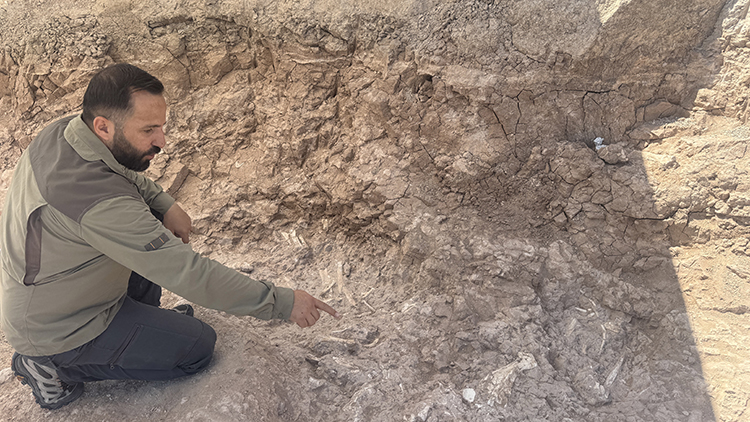
Unlike many fossil digs in Türkiye where dating is based solely on general geology or faunal comparison, Yamula provides a definitive timeline thanks to well-preserved stratigraphy and cutting-edge scientific methods.
A New Reference Point for Eurasian Paleontology
This fossil site is quickly becoming a reference point for paleontological research in Eurasia. Experts believe that Yamula’s fossil diversity and preservation quality offer a rare window into the Miocene epoch, a period marked by dramatic climate changes and mammalian evolution.
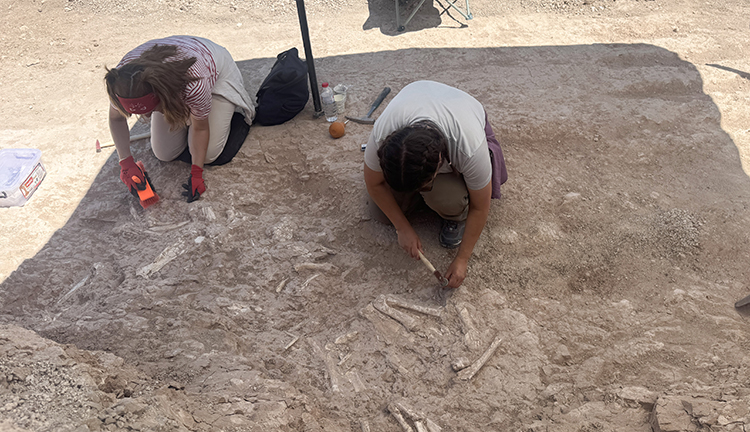
“We now know this region was once home to large herbivores and a complex ecosystem,” said Dağ. “The density and diversity of the fossils suggest either a natural accumulation or a mass death event. We’re working to piece together that puzzle.”
From Local Discovery to Global Scientific Interest
What began with the curiosity of a rural herder has turned into a major scientific breakthrough. The Yamula discovery not only deepens our understanding of Anatolia’s prehistoric past but may also redefine fossil chronology in the region.
Cover Image Credit. Esma Küçükşahin/AA
You may also like
- A 1700-year-old statue of Pan unearthed during the excavations at Polyeuktos in İstanbul
- The granary was found in the ancient city of Sebaste, founded by the first Roman emperor Augustus
- Donalar Kale Kapı Rock Tomb or Donalar Rock Tomb
- Theater emerges as works continue in ancient city of Perinthos
- Urartian King Argishti’s bronze shield revealed the name of an unknown country
- The religious center of Lycia, the ancient city of Letoon
- Who were the Luwians?
- A new study brings a fresh perspective on the Anatolian origin of the Indo-European languages
- Perhaps the oldest thermal treatment center in the world, which has been in continuous use for 2000 years -Basilica Therma Roman Bath or King’s Daughter-
- The largest synagogue of the ancient world, located in the ancient city of Sardis, is being restored

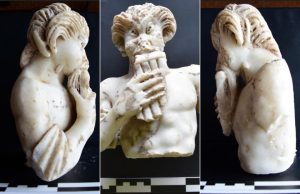
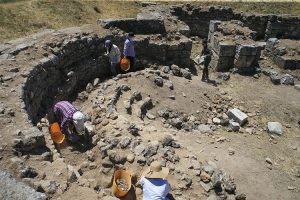
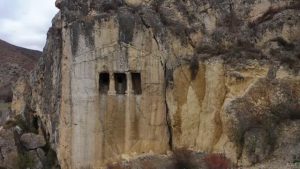
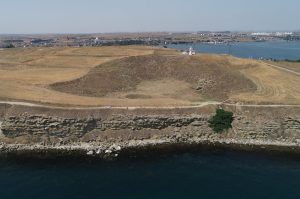
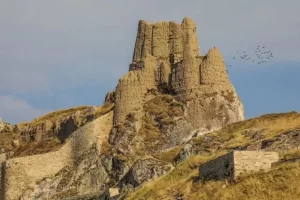
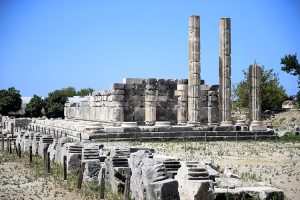
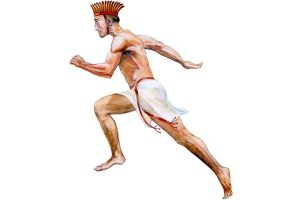

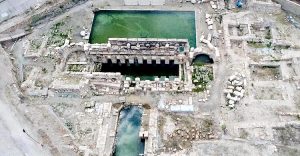
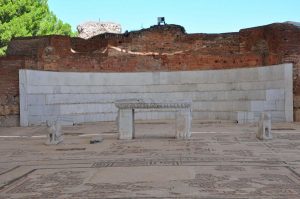
Leave a Reply